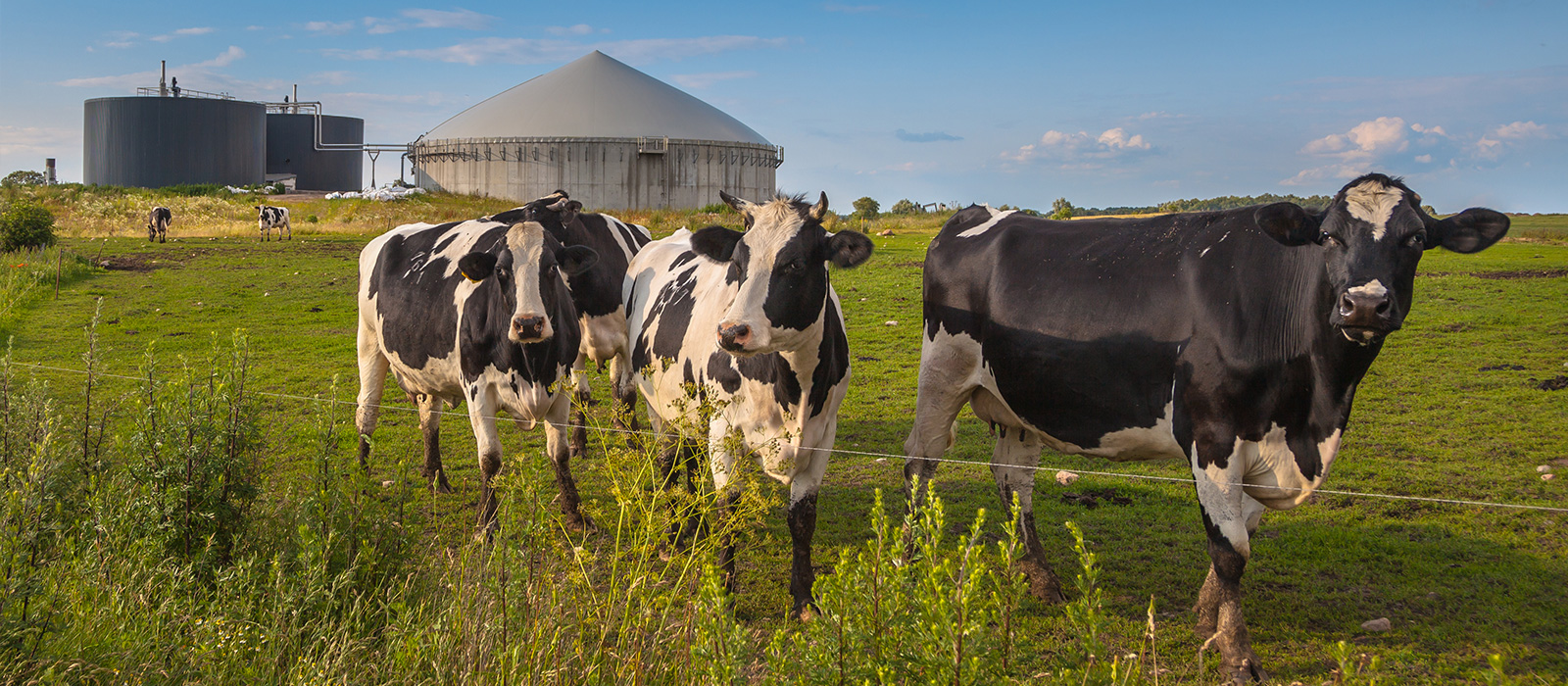At Lóleo Eventos, European Biogas Conference 2020 The great potential of biomethane was evidenced, providing renewable energy and helping rural development, in line with the European Green Pact. In statements by the President of the European Commission, Ursula von der Leyen: "For climate neutrality in 2050 we need a 100% renewable gas supply based on green gases, such as biomethane and hydrogen."
In Europe, biomethane has tremendous potential to decarbonize the economy on the continent, counting on the use of intermediate crops, which in addition to the benefit they provide to the soil, constitute raw material for the production of biogas. The growth of this sector until 2030 may be exponential, with the construction of some 10.000 biogas plants, to add to the 18.000 currently existing. Support policies will be required that provide confidence to investors, requiring ambitious and controlled objectives for advanced fuels, including biogas and biomethane, regulations that facilitate access to gas networks, in addition to a System of Guarantees of Origin that allows trade cross-border.
The agricultural sector plays a vital role in this sector
Both for its potential and for being a generator of significant volumes of GHG, it requires incentives that create a favorable framework for investments and economic support for biogas projects, especially in the facilities themselves.
In addition to environmental benefits, anaerobic digestion produces bioproducts, such as biofertilizers, returns nutrients to the soil and can generate negative carbon footprints due to carbon sequestration in the soil. This sector will evolve to agroecology, with facilities close to the generation of waste. Therefore, biomethane cannot be judged solely on its production costs, but also on its many advantages, environmental, waste management, improved security of supply, rural development, etc. and taking into account the factors mentioned, it is competitive compared to other low carbon alternatives.
According to the World Biogas Association (WBA) the current average costs of biomethane production, around € 60 / MWh, may be lower than the cost of carbon in 2030, estimated at around € 200 / ton CO2.
There are big differences in biogas production within the EU
France, with the "Energy Transition Law for Green Growth" in 2015, established a target that 10% of consumption in 2030 would be renewable gas. There are currently 155 plants injecting biomethane into the network. The growth rate is unique in the EU, an average of one new biomethane plant every week, with 1.000 projects registered in the Register of Reserve Capacity. In 2050 it will have 100% renewable gas.
In Sweden, Denmark and the Netherlands there are filling stations supplying CNG 100% biomethane. In Denmark 10% of the network supplies biomethane.
In Spain we are in an incipient state, some 250 plants generating electricity and only two biomethane plants injecting the grid, in addition to others on a small scale or starting operations. Being one of the EU countries with the greatest potential, this park is inappropriate. The main obstacles are: lack of a regulatory framework that encourages investment, production and consumption, and not having a system that certifies the renewable origin of biomethane that allows its commercialization within and outside the country. The sector trusts in being able to satisfy the increased demand of the sector and trusts in the application of Article 10 of the Draft Law on Climate Change and Energy Transition on the promotion and objectives of renewable gases, which foresees:
- annual penetration targets for renewable gases in the sale or consumption of natural gas,
- a certification system that allows supervision and control, and
- regulations that favor the injection of said renewable gases into the natural gas network.
